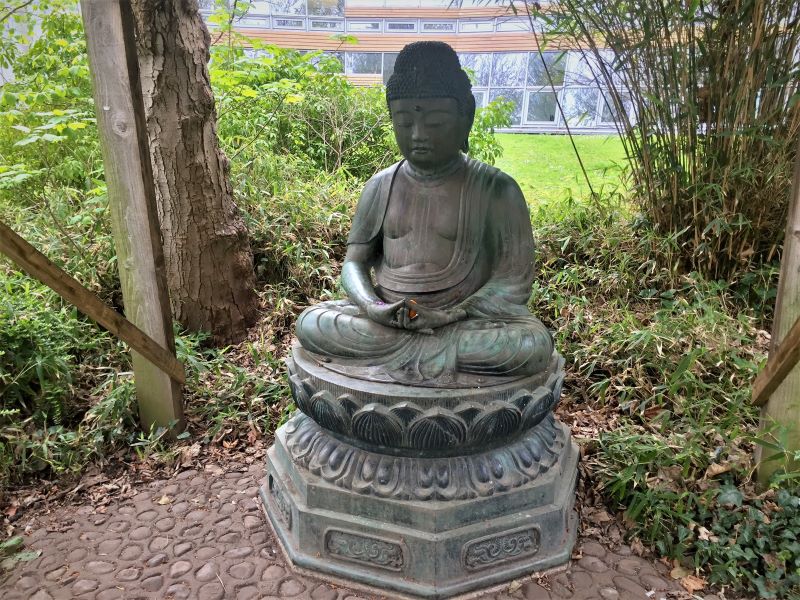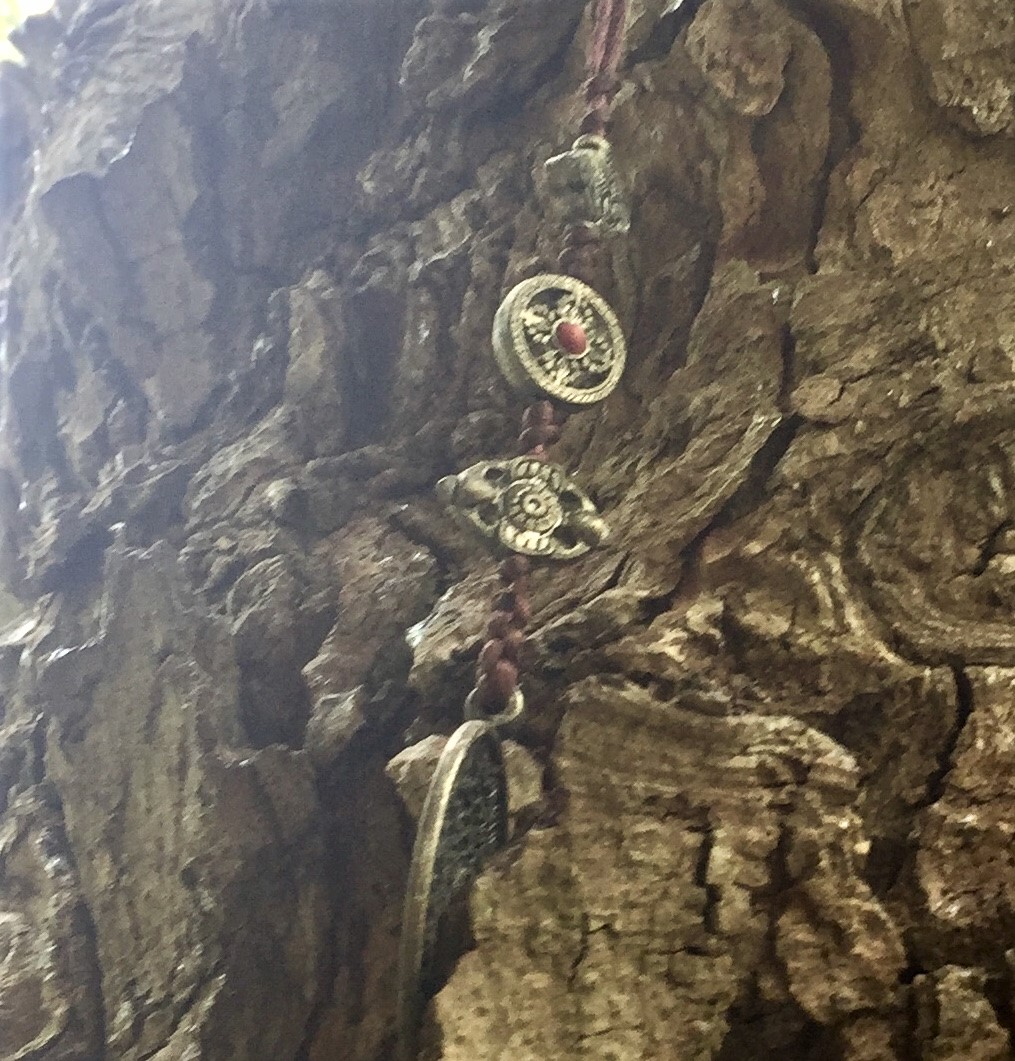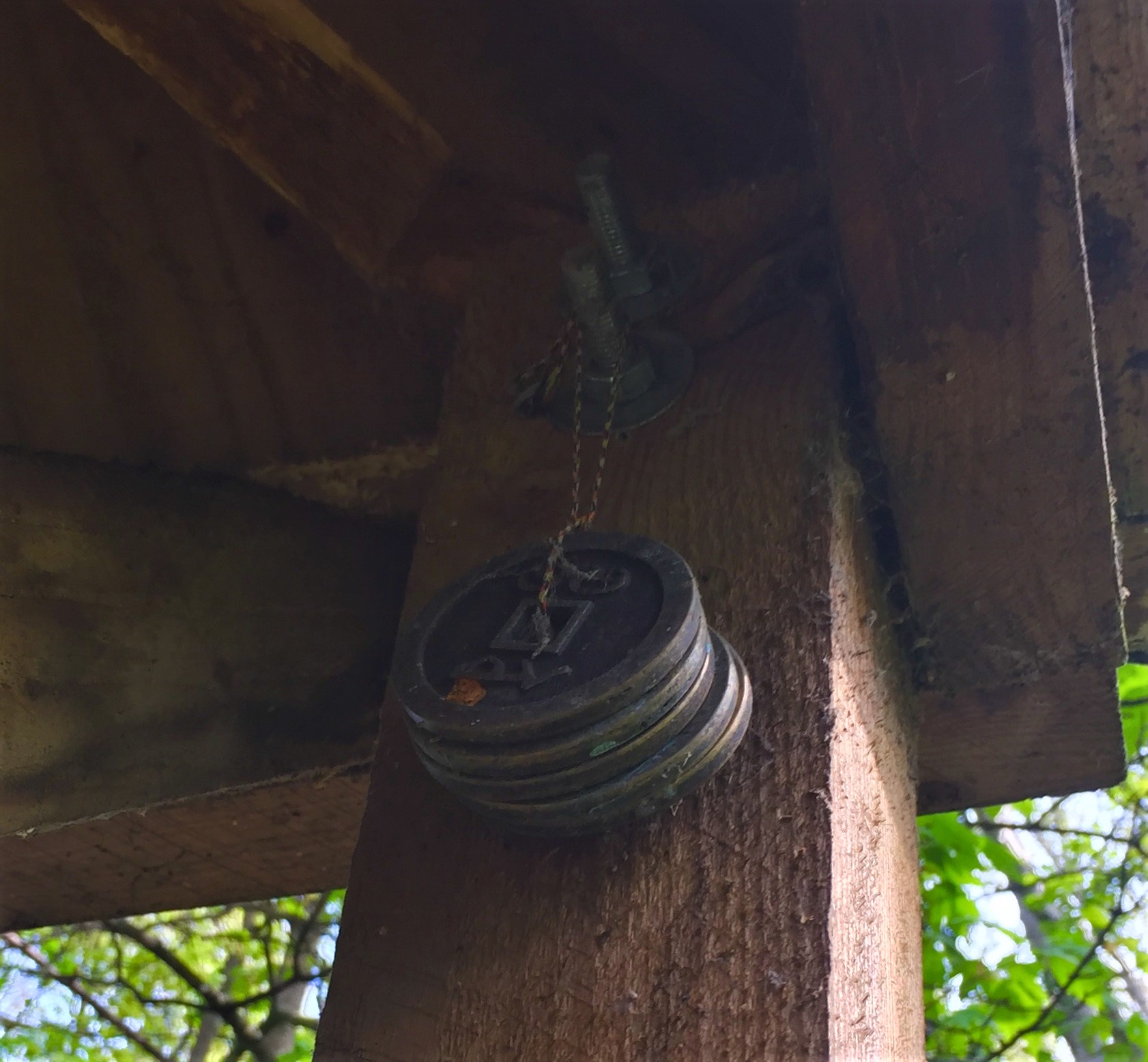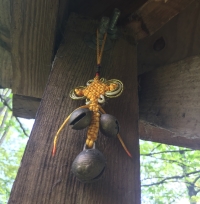Chapter 13 of A223 'The Reformation and local communities', or at least part of it, is literally on my doorstep. The 'Pilgrimage of Grace' of 1536 is mentioned in the materials as an example of resistance to the Reformation, and a few years ago a local history group in my nearby market town of Pocklington set up a walking trail to commemorate it.
Like many trails, the actual route is determined by available access, and the connection with paths taken by anyone in 1536 are perhaps a little tenuous - but it was a lovely way to spend a Sunday morning.
The logic of the trail is that it connects a couple of monastic sites with one of the locations that East Yorkshire rebels stopped at on their way towards York. The path runs from the village of Warter, which was the site of an Augustinian priory, through Nunburnholme, which had a small Benedictine nunnery, and ends in the town of Pocklington. Both the religious houses at Warter and Nunburnholme had been dissolved earlier in 1536 and the 'Pilgrims' reinstated them during the rebellion.
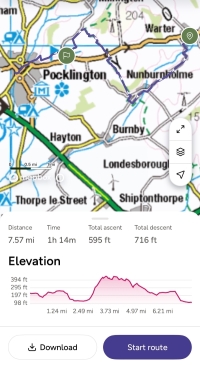
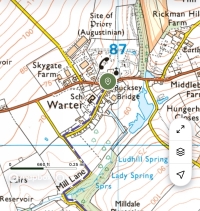
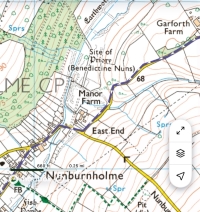
This is the church of St James in the village of Warter, it stands on the site of the former priory church. It was recorded that there were 12 canons resident at the time it was suppressed in August 1536; there are records of fine vestments, plate and jewelry and a holy relic, 'St James hand'. The sub-prior and the kitchener of the priory (their names aren't recorded) participated in either the 1536 'Pilgrimage' or the subsequent rebellions of early 1537 - they were executed in York in February of that year.
The walk takes you along quiet back roads to the village of Nunburnholme, the Benedictine priory there was one of the smallest and poorest religious houses in the county - six nuns had been living on the site at the time of dissolution (Warter priory had been valued at £140, Nunburnholme only managed £10 3s 3d).
There is nothing left to see of the nunnery, but it was located to the right of the beck as you look eastward up the valley.
Fortunately there's a very handy sign attached to the bus stop, which gives an idea of what the village might have looked like!
The path doesn't really need much signage, but if you look closely on the signpost you can possibly pick out the banner of the five wounds of Christ that was used by the rebels and is the logo for the trail.
(This is a really grim looking selfie - promise I was enjoying this a lot more than it looks 🤣)
The picture below is taken looking south-west from the edge of the Yorkshire Wolds, out over some of the area from which many commoners were drawn into the rebellion. There were a number of separate groups forming across East and North Yorkshire; the body of men that stopped at Pocklington were on there way to York under the leadership of the one-eyed lawyer Robert Aske, who would have a key role in drafting their oath as well as the '24 Articles' that we look at in the module materials.
The trail stops off at the Georgian mansion at Kilnwick Percy, shown below. There is a slight link with Henry VIII (if not the Pilgrimage of Grace) as it was built on the site of a tudor manor house owned in 1536 by Sir Thomas Heneage, who had just been appointed as the king's 'Groom of the Stool'!
As we probably all got to module A223 via module A111 (with its chapter on Buddhism and compassion) I couldn't resist highlighting that Kilnwick Percy is now in fact a Buddhist retreat - I had a hot chocolate at its 'World Peace Cafe' (to be honest with things as they are at the moment, every little helps!!)

Finally, after about eight miles, the walk ends up at All Saints church in Pocklington, which was looking very impressive in the sunlight today.
The Pilgrimage of Grace was a complex rebellion, with a mixture of aims and objectives, some about religion, some about political and economic tensions between 'North' and 'South' - but provides a fascinating 'what if...', it does feel that for a short period in 1536/7 the 'top-down' English Reformation was in very serious trouble.
